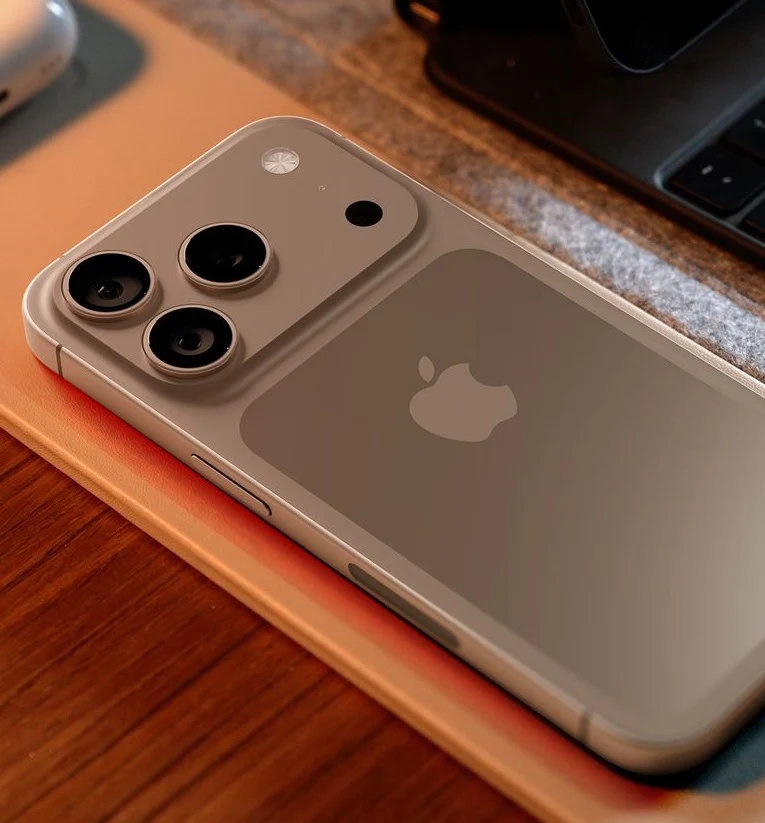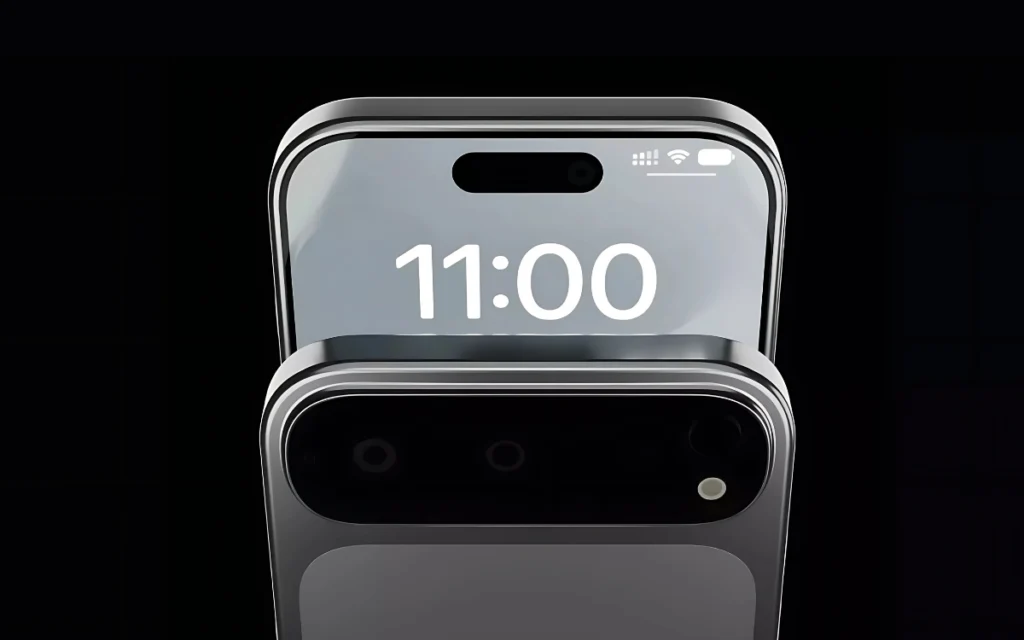Key Takeaways
1. Apple will unveil the iPhone 17 series, including the iPhone 17 Pro and Pro Max, in September.
2. The new A19 Pro chipset may offer a 15-20% performance improvement over the A18 Pro.
3. Expected Geekbench scores for the A19 Pro are around 4,000 (single-core) and 10,000 (multi-core).
4. The A19 Pro will be manufactured using TSMC’s N3P node.
5. Other chipsets debuting in September include the Snapdragon 8 Elite 2 and MediaTek Dimensity 9500.
Apple is set to unveil the iPhone 17 series this coming September. Among the new models, the iPhone 17 Pro and iPhone 17 Pro Max are anticipated to come equipped with the A19 Pro chipset. Recently, a leak has emerged that sheds light on the potential performance of this new chipset.
Performance Insights
According to Digital Chat Station on Weibo, the A19 Pro chipset may not represent a significant leap from its predecessor, the A18 Pro. Current estimates suggest that the A19 Pro could achieve around 4,000 in Geekbench 6’s single-core test and approximately 10,000 in the multi-core test.
While these figures might not be completely precise, they do hint at the A19 Pro’s expected capabilities. For comparison, the A18 Pro found in the iPhone 16 Pro and iPhone 16 Pro Max usually scores about 3,500 and 8,900 on Geekbench’s single-core and multi-core tests, respectively. This indicates a performance improvement of around 15-20% for the A19 Pro, which is a solid gain but not particularly groundbreaking.
Manufacturing Process
The A19 Pro is likely to be manufactured using TSMC’s N3P node, similar to the Snapdragon 8 Elite 2 and MediaTek Dimensity 9500. Interestingly, all three of these chipsets are also expected to make their debut in September.
Source:
Link


